Todos nós entendemos que os carros precisam de manutenção, but most people don’t understand how to maintain them. Eles apenas seguem o plano recomendado fornecido pela loja 4S para manutenção do carro.
Na verdade, devemos ter bom senso na manutenção do carro, como as seguintes peças. Não importa como vai o boato, devemos substituí-los em 60000 quilômetros.
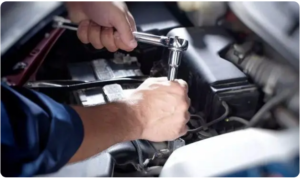
Porque 60000 quilômetros é um “grande obstáculo” para carros novos, se esses componentes não forem substituídos em tempo hábil, é fácil deixar os riscos de segurança!
Sugestão para proprietários de carros: Depois de alcançar 60000 quilômetros, even if these parts are not damaged, they should be replaced. Don’t let it go by ear!
1. Whole vehicle oil
Por exemplo, brake oil, antifreeze, etc., are also one of the factors that prevent vehicle malfunctions. After driving 100000 quilômetros, it is particularly necessary to change to a higher level of oil. Engine components may experience strain after 100000 quilômetros. Using a higher level of oil can protect critical components and slow down the occurrence of excessive strain on engine components.
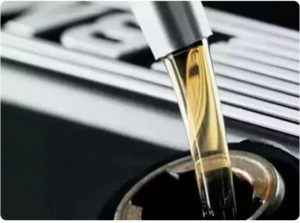
2. Brake pads
When driving on the road, the car’s configuration needs to be checked multiple times and replaced in a timely manner. It cannot be achieved overnight, especially if there is a problem with the brake system, which can easily cause malfunction. Portanto, the mechanic reminds everyone that when the car travels 60000 quilômetros, it must be replaced in a timely manner. It has already reached an extreme time.
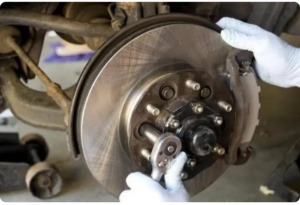
3. Gasoline filter
This component usually needs to be replaced after 60000 quilômetros, because its existence is to filter out impurities in the car fuel, making our engine more powerful and powerful. If we don’t replace the engine when it needs to be replaced, we will find that our car’s fuel consumption is gradually increasing and accelerating, lacking strength, and even accompanied by various abnormal noises, leading to the engine entering the edge of scrapping.
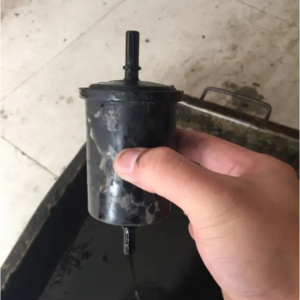
4. Tire replacement cycle
De um modo geral, car tires can last for 5-8 years or travel 50000 para 100000 quilômetros. These values are not absolute and need to be determined based on actual usage. Road conditions, hábitos de direção, manutenção, tire quality, and other factors can all affect their specific lifespan.
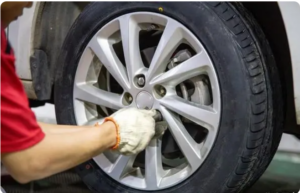
Tire grooves are generally designed with wear indicator points. If severe tire wear is found and the tire is approaching the indicator point position, it needs to be replaced in a timely manner. Daily inspections should be conducted to check for cracks, bulges, and other conditions. If the cracks are large and deep, and bulges occur, they must be replaced in a timely manner.
5. Limpe regularmente os depósitos de carbono
Para a maioria dos proprietários de automóveis, eles podem não estar familiarizados com os depósitos de carbono dos automóveis, mas parece que a maioria dos proprietários de automóveis está confusa sobre como limpar os depósitos de carbono.
Contudo, para a remoção de depósitos de carbono, já que a maioria das pessoas não está muito familiarizada com isso, a maioria das peças principais do carro simplesmente não são feitas. Contudo, o acúmulo prolongado de carbono também tem um certo impacto no desempenho do carro.
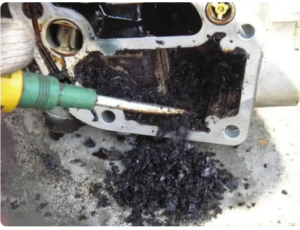
What are the hazards of not cleaning up engine carbon deposits in a timely manner?
The engine is the ‘heart’ of a vehicle, and oil is the ‘blood’ that flows inside the ‘heart’, but did you know?
During the operation of the engine, carbon deposits can occur. Minor carbon deposits do not require special treatment. If excessive carbon deposits adhere to the engine’s intake valves, cilindros, pistons, velas de ignição, and other parts, attention should be paid!


